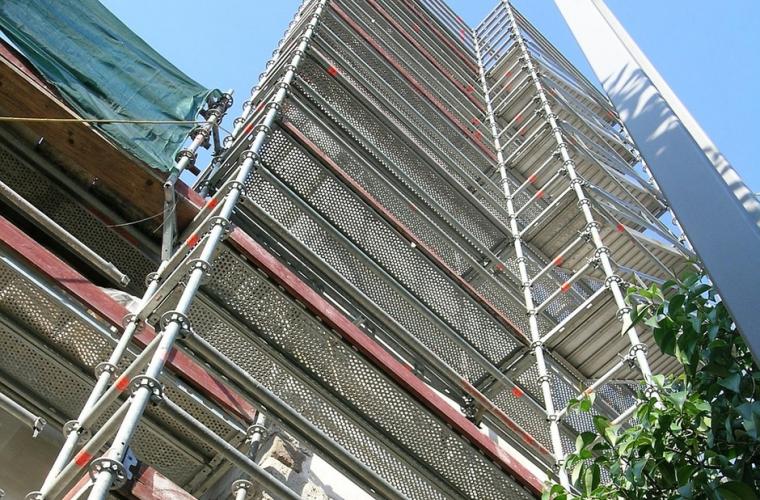Research commissioned by the Building Engineering Services Association (BESA) shows that awareness of the Building Safety Act and its implications is growing across the building services sector.
The industry-wide survey, carried out by AMA Research on behalf of the Association, reported that 88% of respondents showed some awareness of the Act with almost a third claiming to be “fully aware”. There were higher levels of awareness among BESA members than the industry as a whole, but detailed understanding of roles and responsibilities is mixed and vary by building and project type.
Compliance and legal understanding of the legislation, which came into force in 2022, are proving to be the biggest challenges for organisations who told researchers they needed more training and a closer working relationship with the office of the Building Safety Regulator to embed the changes required to improve building safety.

Most contractors believe the Act has only had a minimal impact on their businesses so far, according to the report. 65% of respondents said it had been “neither a positive nor a negative factor” to date. 27% said it had been positive and 9% complained of negative consequences.
Also, just 9% reported making “significant changes” to help them comply with the legislation.
BESA said its aim in commissioning the research was to get a clearer picture of the level of industry awareness, understanding and readiness so it could adapt the services and specialist knowledge it provides to support the industry through “this challenging and rapidly changing period”.
The report should also help the Regulator gain a better understanding of the sector’s position and the challenges it faces, so that it can also improve the way it supports compliance, it added.
“We were pleased to see that the level of awareness of the Act is highest among BESA members,” said the Association’s director of specialist knowledge Rachel Davidson. “However, detailed understanding is patchy at best and varies considerably by building and project type. However, there is a general perception that the legislation is having a positive impact by driving culture change.
“However, we need to be realistic and acknowledge that the pace of change is too slow and there is still a lot of work to be done to shift the industry’s focus from speed and cost to putting quality first.”
The AMA survey showed that awareness of the legislation is higher amongst those working on high rise buildings, with those working on new construction projects and major refurbishments also more likely to be aware of the Act. Levels of awareness also vary according to company size with larger organisations, both in terms of turnover and number of employees, shown to be more up-to-speed.
“Our experience is that some firms have used the Act, and the wider post-Grenfell context, as an opportunity to re-set employees’ focus on what makes them good at their jobs and where they find deficiencies, to carry out more training,” added Davidson. “However, this is far from universal and access to appropriate training remains another key challenge for our sector and one that BESA is pursuing vigorously.”
In his foreword to the report, BESA chief executive officer David Frise said the Association was determined to keep playing a leading role in driving culture change and raising standards of building quality.
“BESA is 120 years old this year and our members have spent much of that time ensuring buildings can be ‘safe havens’ for people from the deprivations of cold, heat, pollution, noise etc,” he said. “These aims are even more important in the modern world and the fact that the occupants of Grenfell Tower were failed so desperately was an almighty wake-up call for how large parts of our industry had lost their way.
“Most people do not go out deliberately to do a bad job – a fact that was acknowledged by the Grenfell public inquiry,” said Frise. “However, changing the mindset of a whole industry to focus on quality rather than price, and ensuring everyone understands their role and responsibilities under the Act, backed up by consistent evidence of competence (skills, knowledge, experience, and behaviour) is the only way forward.”
The full report can be downloaded here and for detailed information about the Building Safety Act go to the BESA Hub.
David Frise is hosting a BESA webinar that will take a deeper dive into the findings of the report on November 19 at noon with BuildUK chief executive Suzannah Nicol and leading architect Wayne McKiernan. Register to attend here.




















